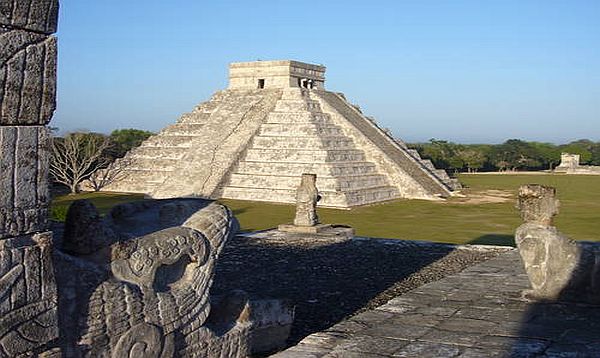Mexico City - The Temple of Kukulcan, also known as El Castillo, is actually three structures in one - a pyramid built on top of a pyramid built on top of a pyramid. Archaeologists only recently discovered the third structure hiding at the center of the Mayan monument.
"It's like a Russian nesting doll. Under the large pyramid we get another and another," lead researcher René Chávez Seguro told reporters at a November 16 press conference announcing the discovery.
The Temple of Kukulcan is located within Chichen Itza, an archaeological site in Mexico's Yucatan State. At the height of the Mayan civilization in the 6th century, Chichen Itza was a massive city. Its varied architectural styles suggest it was one of the most diverse in the Mayan world.
Researchers first discovered the second structure in the 1930s. Archaeologists believe it was completed between A.D. 800 and 1000. The largest outer structure was likely completed between 1050 and 1300.
Scientists located the inner pyramid using electrical resistivity tomography, a 3D scanning method. The layered approach may have been necessitated by economic pressures, but researchers say it's possible the phased construction may correlate with political and leadership changes.
"If we can study this structure in the future, it may let us learn more about the first population of this place and understand how the settlement evolved," archaeologist Denisse Lorenia Argote told Terra.
It's also possible there are even smaller 'nesting dolls' that remain unseen. "The third 'Russian doll' may actually be one of a set of several small dolls rattling around inside the same shell," Geoffrey Braswell, a professor of anthropology at the University of California, San Diego, told Sputnik International.
Original article


